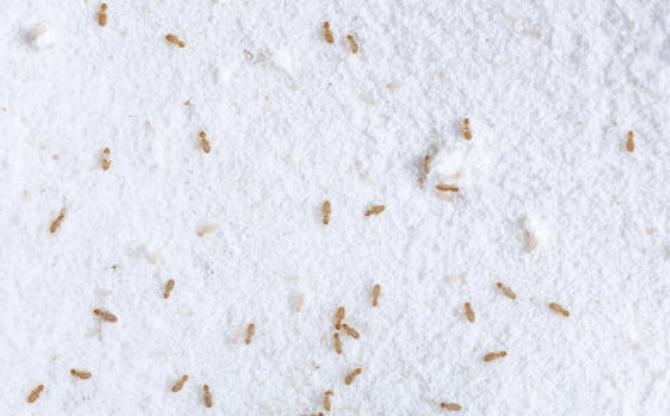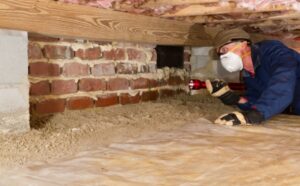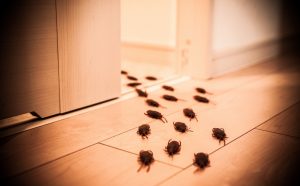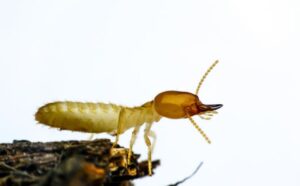Booklice are tiny, wingless insects that are often found in homes. They feed on mold and mildew and can cause problems for homeowners if they infest an area of the home. While booklice are not known to transmit any diseases, they can be a nuisance and may cause damage to books or other paper products.
Booklice are notorious for infesting homes that use drywall, gypsum board, or other ligneous materials. The materials used in the construction of your new home are most likely to be the source of booklice infestations. These tiny yet vexing insects prefer to stick to building supplies and remain connected even during the building process. The good news is that these animals aren’t louse eggs; they pose little or no danger to you and your family.
What Do Booklice On Walls Look Like?
Booklice are tiny, wingless insects that resemble head lice. Generally speaking, they measure between 1 and 6 millimeters in length. They resemble head lice but are considerably lighter in color and tan rather than gray.
The eyes are located on the sides of their heads, and their bodies are shaped like a teardrop with eyes protruding from either side. Some psocids may have wings, while others do not; depending on the species, their antennae are extremely delicate.
It’s not unusual to find booklice with wings outside. The wings, on the other hand, are too tiny to allow flight.
How Did Booklice End Up On My Wall?
Booklice generally prefer mildew, fungus, and any decaying organic material. They infest your property in search of food, warmth, and moisture. Psocids like to eat insect fragments and are thus a sign of other pest problems in your home.
Booklice like moist crawlspaces and dark storage rooms, as well as undisturbed basements. They’ll also be found in places with leaks since mold, fungus, and mildew will develop there.
What Are The Signs Of Booklice Infestations?
The most obvious indication of a booklice infestation is finding the booklice on your walls, food, and other surfaces.
The good news is that once the pests have arrived, they generally depart. When the infestation is minor, you may not notice these tiny creatures because you are not exposed to any significant hazards.
How To Deal With Booklice – DIY
1. Start by throwing away infected items
2. Vacuum away all the booklice stuck on your walls
3. Wipe down your walls with soap and water + dry your walls
4. Use a dehumidifier (decreases chances of mold and mildew)
5. Ventilate your room and let the sun in (they will dry out quickly and die)
What Do Booklice Eat?
Booklice eat tiny moulds, fungi, deceased insect fragments, pollen, and other starch-based foods that may be found in humid places such as houses, warehouses, and even libraries.
How To Prevent Booklice?
Keep the kitchen and bathroom clean and dry by opening windows as often as possible.
Keep your dry foods, such as cereals, in a cool, dry well-ventilated location. Regularly cleaning out your cabinets and making sure they are completely dry before putting food back can assist.
How To Get Rid Of Booklice Or Psocids From My Wall?
Begin by inspecting all of your home’s damp locations, leaks, and high-moisture areas. Another area to pay attention to is your kitchen. Examine under the sink closely, check all cabinets, and if necessary, empty any of them to allow for proper ventilation and drying out any moisture.
Consider utilizing a dehumidifier to reduce the moisture level if your basement or house is damp.
Another method for eradicating booklice on your own is to keep your home’s temperature at the lowest possible level, since psocids can’t live in cold or dry conditions. While some will perish, others will crawl away.
Get a Licensed Pest Control Company To Assist You
If you find yourself with a booklice problem that is extensive or recurs, it’s best to hire a professional pest control company in Singapore. They will be able to inspect your home and determine the source of the problem as well as any other areas that may be affected. They will also have the proper products and equipment to treat and eliminate the




